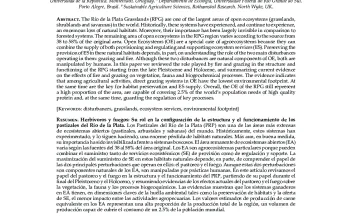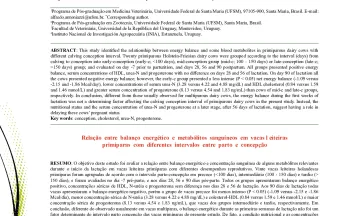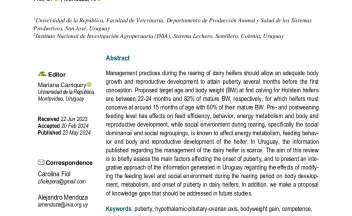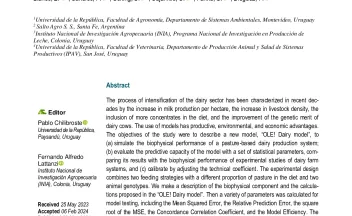Bayesian inference of synthetic daily rating curves by coupling Chebyshev Polynomials and the GR4J model. [Conference paper].
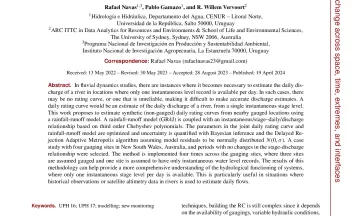
ABSTRACT- In fluvial dynamics studies, there are instances where it becomes necessary to estimate the daily discharge of a river in locations where only one instantaneous level record is available per day. In such cases, there may be no rating curve, or one that is unreliable, making it difficult to make accurate discharge estimates. A daily rating curve would be an estimate of the daily discharge of a river, from a single instantaneous stage level. This work proposes to estimate synthetic (non-gauged) daily rating curves from nearby gauged locations using a rainfall-runoff model.

